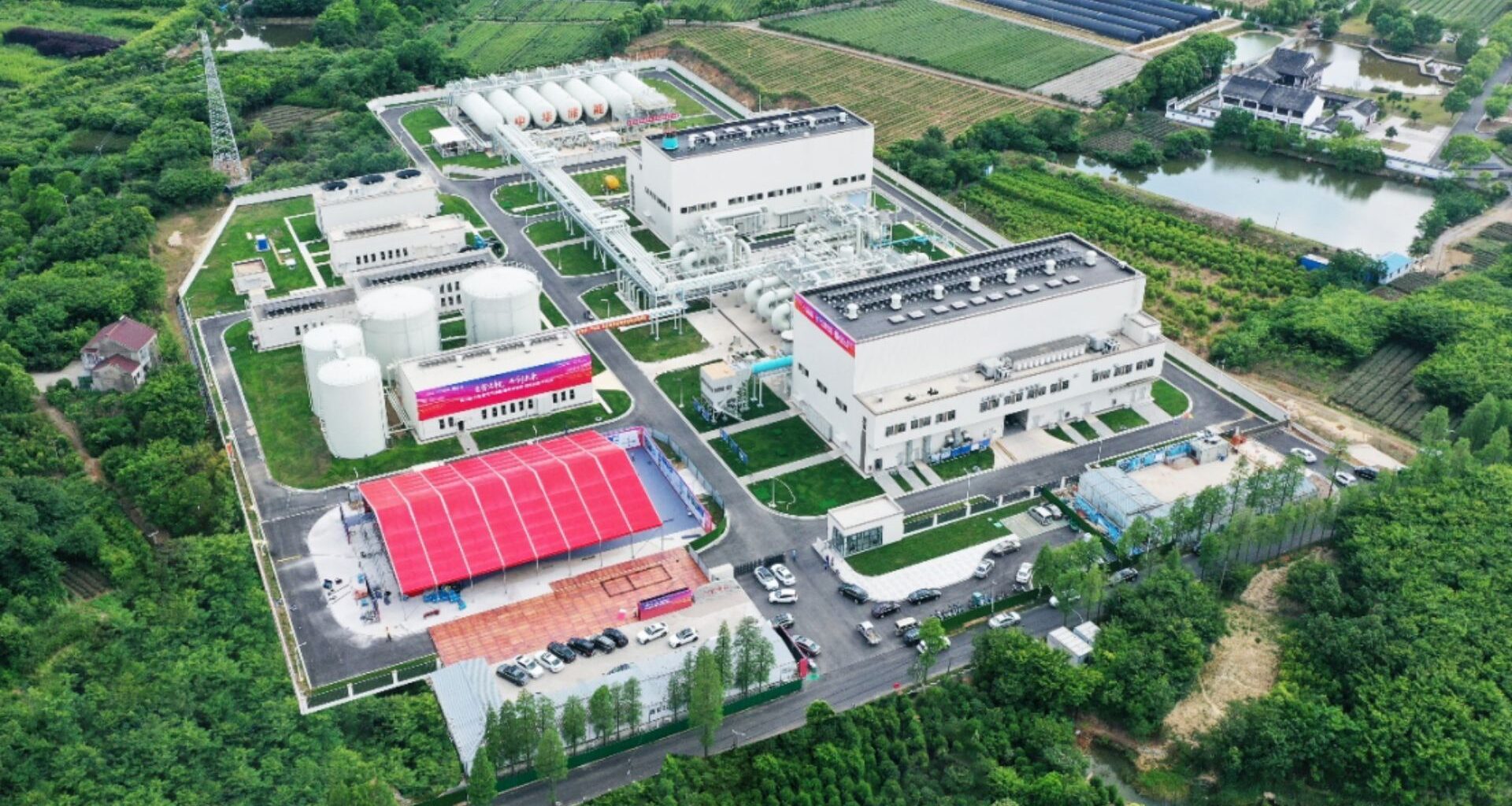China’s Huaneng Group has reached a new milestone in energy storage with the launch of phase two of its Jintan Salt Cavern Compressed Air Energy Storage (CAES) project in Changzhou, Jiangsu province.
Poised to become the largest CAES facility globally, this innovative project integrates the latest technologies to enhance power output, storage capacity, and efficiency, setting a benchmark for sustainable energy solutions.
Li Yaoqiang, chairman of China Salt Group, said that the project is the world’s first industrial-level project of clean compressed air energy storage and that it is an important milestone in the utilization of salt cavern resources to explore the development of China’s salt industry.
Revolutionary scale and capacity
The second phase of the Jintan project will feature two 350 MW non-fuel supplementary CAES units with a combined storage capacity of 1.2 million cubic meters. This will enable up to 2.8 GWh of electricity storage per full charge—more than any other CAES facility in the world.
Designed to operate for 330 charge-discharge cycles annually, the project outpaces existing technologies in both single-unit power generation and overall system efficiency.
The first phase, completed earlier, installed a 60 MW unit, providing operational insights critical for scaling up to phase two.
The facility incorporates groundbreaking non-fuel supplementary technology, eliminating the need for external fuel sources by storing and reusing heat generated during air compression. This approach achieves zero carbon emissions and energy conversion efficiency exceeding 60%.
The Jintan project stands out with its state-of-the-art system optimizations, including streamlined process flows and enhanced equipment configurations. Key technological highlights include a one-click start system that simplifies operations, reducing startup times from 20 minutes to just 5 minutes.
The machine efficiency has been boosted by 0.5%, enhancing overall performance. The quick-start air turbine enables rapid response during peak-shaving operations, improving grid stability.
A step toward a greener future
These advancements not only enhance reliability but also position the facility as a model for future CAES projects worldwide.
The Jintan project exemplifies the potential of CAES technology to contribute to a low-carbon energy grid. By leveraging existing salt caverns for energy storage and integrating innovative designs, the project offers a sustainable solution to the intermittency of renewable energy sources.
As the facility enters its next phase, it solidifies China’s leadership in energy storage and provides a scalable model for global adoption. With its combination of efficiency, reliability, and environmental sustainability, the Jintan CAES project is set to play a pivotal role in shaping the future of clean energy storage.
CAES systems are gaining traction worldwide, with companies in countries like Australia and the UK entering various stages of planning, ideating, and building CAES plants to diversify their energy storage needs.
From using natural salt caverns to implementing pioneering energy storage technologies, Huaneng Group’s Jintan project demonstrates the transformative potential of CAES systems. As the world seeks sustainable and efficient energy solutions, projects like Jintan are paving the way for a greener energy infrastructure.
